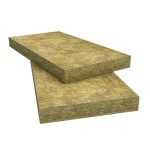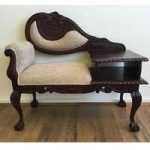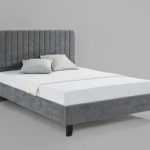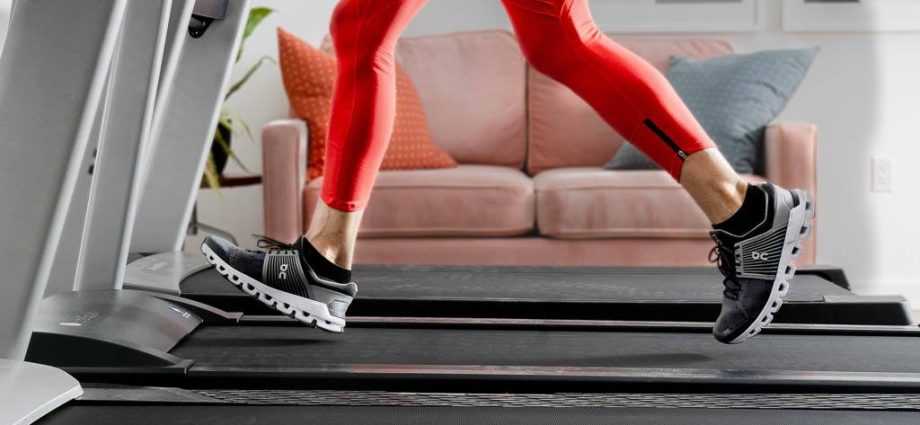Using a treadmill for home use can be a convenient way to maintain and improve your fitness.
Treadmills offer some advantages over outdoor use, but there are also some potential safety issues that people should keep in mind.
This article provides tips on using a treadmill for running and discusses the best foods to consider, the health benefits and risks, and alternative exercise equipment.
How to get the most out of a treadmill
The best way to get the most out of your treadmill is to set up a fitness program that fits your lifestyle.
First, a person may wonder why he is buying a treadmill and what he wants to achieve. Anyone who wants to use a treadmill for off-season training has different needs than someone who wants a treadmill to help them step up.
People can get the most out of a treadmill:
- plan and set goals for the duration and stress level of each exercise
by warming up thoroughly, walking slowly for a few minutes and gradually increasing the intensity to see how the treadmill works at different speeds - raise and lower the slope slowly
- maintaining interest on the treadmill for training by combining smooth runs, intervals, hill training and pace
- increases the complexity of training gradually over time
- by monitoring the training level on screens or observing breathing
- cools slowly for 5-10 minutes at the end of each session
- make sure that the machine stops if the user stumbles or falls by pressing the safety key on the clothes
Can treadmills do more than run?
People can incorporate strength training into the treadmill using dumbbells, resistance bands, or their own body weight.
For example, they can stop the treadmill, get out, and perform one set of strength training before stepping again and running for a short time. They can repeat this episode throughout the workout.
People who want to exercise their entire body can perform different exercises each time they step on a treadmill to target another muscle group.
The right home treadmill can help you lose weight sensibly, incorporate fitness into your daily routine, and enjoy exercise without leaving home. If you’re looking for a new home treadmill, learn more about finding the perfect match with the free treadmill purchase guide below. It covers the features you need to pay attention to when looking at treadmill options, as well as how to save time and money.
This treadmill buying guide is divided into two parts. The first section introduces a treadmill shopping heater with five simple treadmill shopping tips to save you time and money. The second section takes a closer look at the main components of a treadmill so you can understand how to buy a car with the right engine power, track size, and other features to suit your training needs. As you approach the end of the guide and become familiar with the most important conditions and features of the treadmill, you are ready to explore which brands and models are right for you. To facilitate this, the guide ends with links to honest treadmill reviews and general brand reviews.
HOW TO RUN BUY
PART ONE: HEATING FOR THE BELT TRADE
Why warm up before treadmill hiking? There are two main reasons for memory. First, you want to avoid stretching your brain! The wide range of brands, designs and offers on the treadmill market can be amazing. Warming up helps you narrow down your options and give you a clearer picture of what you’re looking for. Second, companies play price games. If you don’t know the rules, you may feel cheated and not happy with your decision. Learn how to buy a treadmill wisely with these simple tips.
1. CONSIDER YOUR CAPACITY AND BELT SIZE
How much space can you provide on your treadmill in your home, and where are you going to put it? Save time before shopping by measuring the area where you plan to put the treadmill. If you are considering a challenging treadmill, also measure all the space (L x W x H) you need to leave for storage. The size of the treadmill is usually published, and if you save this information, you will become a more efficient buyer. Keep in mind that the required tread space that you can handle with the size of the treadmill belt can also affect the overall treadmill of the treadmill. We recommend a 22 “wide belt for runners and 20” for runners. While a 20mm belt is enough for runners, it leaves a little less chance of error.
Once you’ve figured out how much space your treadmill needs in your home, you can start thinking about the size of the treadmill. Standard treadmills are about 7 “long and 3” wide. While there are many sophisticated treadmills on the market that are much shorter, they still require a lot of space to use.
Looking for a challenging home treadmill? Fortunately, challenging treadmills are now offered at any price. Before you buy, be sure to familiarize yourself with the features and dimensions of the challenging treadmill and measure the space so that you have enough space. One example of a quality challenging treadmill for runners is the F85 sole. If you’re looking for more options, check out our selection of the best challenging treadmills when you’re done.
Do you spend too much time sitting at work? You should try a table treadmill. They work just like regular treadmills, while providing space on your desktop and can greatly increase productivity. Depending on your weight, you can burn 80 to 180 calories per hour while walking at a reasonable speed; that’s up to 1440 calories in one working day!
2. Imagine training on a treadmill
Do you like relaxing walks, intense running or something in between? The answer to this question will help you narrow down your treadmill selection with engine power. The harder you expect to workout, the more motor you will need. We will discuss engine power in more detail in the second part of this guide.
Your answers to the question above can also help you choose the size of the track for your training needs. Walkers can save money by choosing shorter treadmills, and runners (especially long runners) need more space to pull.
For more related articles please visit premiumstandout.com




















